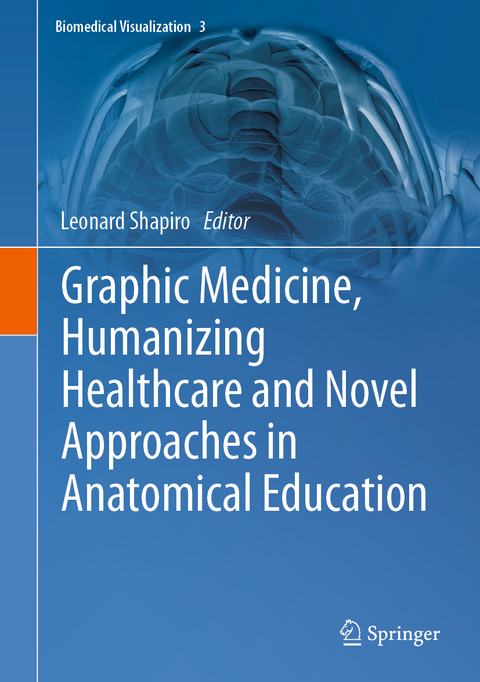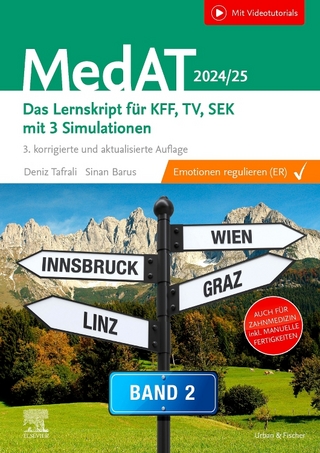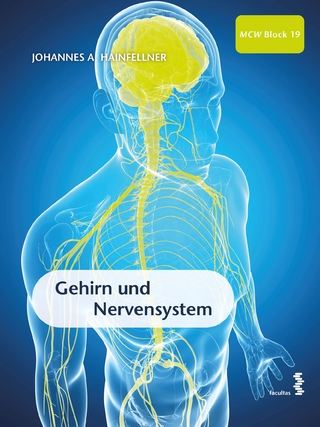
Graphic Medicine, Humanizing Healthcare and Novel Approaches in Anatomical Education
Springer International Publishing (Verlag)
978-3-031-39034-0 (ISBN)
This book contains subjects by authors with a fresh, exciting and extensive focus within the medical humanities, offering the reader chapters which include the history of medical illustration, Graphic Medicine as a vehicle for the expression of humanistic dimensions of healthcare, equitable and ethical medical illustrations, as well as novel, art-based approaches in anatomical education.
Authors consider the role of visual narratives in medical and scientific illustration, the unique affordances of the comics medium, the history of comics as a form of medical and scientific visualization, and the role of comics as didactic tools and as vehicles for the expression of the humanistic dimensions of healthcare. A chapter considers ethical and equitable implications in global healthcare practice, and highlights the work currently being undertaken to address inappropriate and problematic depictions of people in global health visualizations. This will inform the reader of emergingand current thinking about visual communication and the use of images in the public domain, as well as in the healthcare and education sectors. Novel approaches in anatomical education include the benefits of three-dimensional anatomy models made of felt, visual analogies as a method to enhance students' learning of histology, the use of the hands for learning anatomy, and visualizing anatomy through art, archaeology and medicine.
This book will appeal to readers who have an interest in the medical humanities, Graphic Medicine, and ethical medical and anatomical illustrations. These include academic and non-academic readers, medical students, medical educators, clinicians, health-care workers, as well as policy makers.
lt;p>Leonard Shapiro is an artist working in the field of anatomy education and is affiliated with the Department of Human Biology, University of Cape Town, South Africa. He has developed a novel, multi-sensory observation method that specifically employs the sense of touch (haptics) coupled with the simultaneous act of drawing. It is called the Haptico-visual observation and drawing (HVOD) method.
In anatomy education, the benefits of using the HVOD method include the enhanced observation of the three-dimensional (3D) form of different anatomical parts of the human body, the memorisation of these parts as a 3D mental picture, improved 3D spatial awareness, and an ability to draw. HVOD is taught in group workshops online or in physical classroom settings and is offered to medical students, clinicians and anatomy lecturers.
Leonard has also developed a number of art-based exercises, specifically designed to improve 3D spatial awareness. These exercises are developed in collaboration with lecturers who are actively engaged in improving education methodology in anatomy.He has taught the HVOD method at the University of Cape Town (South Africa), Newcastle University (England), The University of British Columbia (Canada), Carnegie Mellon University (USA), The Gordon Museum of Pathology at King's College London (England), University College Cork (Ireland), Weill Cornell Medical College (USA).
Leonard contributes to the anatomy education discourse via publications and articles and by presenting at anatomy conferences.
Leonard Shapiro, B.Soc.Sc., B.A. Fine Art (Hons), University of Cape Town.
Part I. History of Medical Illustration, Graphic Medicine, Humanizing Healthcare and Equitable Visualizations.- Chapter 1. Drawn Together: Merging the Worlds of Health and Comics Through Graphic Medicine.- Chapter 2. Medical Graphics and Graphic Medicine.- Chapter 3. Decolonising Visual Narratives in Global Health: The Case for Equitable and Ethical Imagery Use.- Chapter 4. Medical Illustration in Anatomy.- Chapter 5. Valuing Creativity in Biomedical Science Education: A Reflective Narrative.- Chapter 6. Biomedical Visualization in Embryology Education: A Scoping Review.- Chapter 7. A Framework for the Design, Production, and Evaluation of Scientific Visualizations.- Part II. Anatomical and Cell Biology Education.- Chapter 8. Palpation: The Art of Felt Anatomy.- Chapter 9. Teaching Histology with Analogies.- Chapter 10. Using the Hands for Learning Anatomy.- Chapter 11. Corporeal Pedagogy: Visualizing Anatomy Through Art, Archaeology and Medicine.
| Erscheinungsdatum | 26.09.2023 |
|---|---|
| Reihe/Serie | Biomedical Visualization |
| Zusatzinfo | XIV, 249 p. 88 illus., 81 illus. in color. |
| Verlagsort | Cham |
| Sprache | englisch |
| Maße | 178 x 254 mm |
| Gewicht | 684 g |
| Themenwelt | Medizin / Pharmazie ► Studium |
| Schlagworte | Biomedical Imaging • Cellular Architecture • Embryology • graphic medicine • health ethics • Histology • humanistic healthcare • medical education • Medical illustration • Super-resolution Microscopy • Ultrasound |
| ISBN-10 | 3-031-39034-2 / 3031390342 |
| ISBN-13 | 978-3-031-39034-0 / 9783031390340 |
| Zustand | Neuware |
| Informationen gemäß Produktsicherheitsverordnung (GPSR) | |
| Haben Sie eine Frage zum Produkt? |
aus dem Bereich


